This was written by Alice, one of our student interns. The opinions expressed herein do not reflect those of Civitas other than respect for the value of open dialogue.
What does it mean to be a woman? For centuries, women have grappled with this question. What is our role? Our purpose? And for centuries, women have pushed back. While browsing Netflix for an interesting documentary to review, I came across Feminists: What Were They Thinking?, a Netflix film exploring the thoughts and experiences of the women who participated in the second wave feminist movement, which occurred in the 1960s through 1980s (roughly). I’ll admit, I did not have high expectations for the film. Far too many feminist documentaries ignore women of color, lower-income women, and LGBTQIA+ women. Another theme I notice, not only with feminist documentaries and books, but with media concerning minorities, is the over-generalizing of the oppressed group, and lack of individual storytelling. However, I must admit, after watching this film I was pleasantly surprised.
The documentary starts with a video flipping through a book called Emergence, which contained photos of women from the 1970s. What’s particularly intriguing about these photographs: they are of all types of women. Young, old, black, white, poor, wealthy, clothed, nude, etc. The pictures themselves were also especially moving. The women were not posed, smiling, and dressed “properly.” They were natural, candid photos of women being unapologetic, and that, to me, was especially beautiful. As the film continues, we meet around seven women, who were featured in the book, most of them old now, as well as a few younger women, who offer their stories as women of a younger generation. The older women look back at the old pictures of themselves, and tell their stories. One woman describes her experience with becoming an artist as a young woman, another details being forced to choose between motherhood and her career as a professor. What I particularly enjoyed about this, is how utterly human it all was. These women, most of which in their 60s or 70s, looked back at the fights they fought for women of my mother’s generation, of my generation. It was a striking look at women as individuals, with lives and dreams and careers.
Something else that I enjoyed: the inclusion of women of color. A Black woman, Margaret Prescod, describes being silenced by the National Women’s Party in the 70s, concerning issues that faced Women of Color. Another younger Black woman, Finmilola Fagbamila, described her experience with the conflicting identities of womanhood and Blackness, and the stigma surrounding identifying as feminist, especially within the Black community. This representation is something that is often lacking, especially in the prominent second-wave feminist scholars ideologies, such as Betty Friedan. However, I am not going to endlessly praise this film for the inclusion of Women of Color; it should be a given, as well as the inclusion of LGBTQIA+ women. The intersectionality of all these identities, after all, vastly affects the way a woman is treated. While Feminists: What Were They Thinking? did include lesbian women, there was no representation of trans women, which was disappointing. I would have liked to hear the perspective of women who face the most unique and arguably violent discrimination: black trans women. Again, this documentary definitely could have done better on this front.
All in all, I was expecting a much whiter, straighter, representation of women in the documentary, based on what I have watched and read previously. I was very pleased however, that this was not the case. Overall, the film took an interesting perspective that I thoroughly enjoyed, and while the representation of trans women was lacking, Feminists: What Were They Thinking? did a fairly good job at showing different sides of the feminist movement.
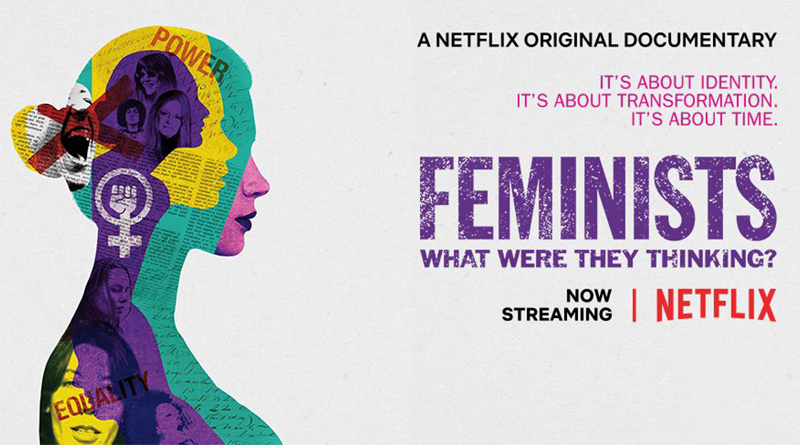
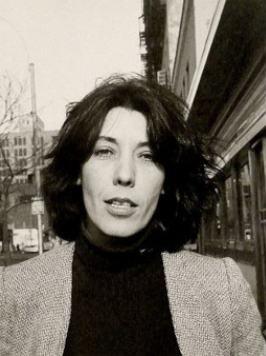
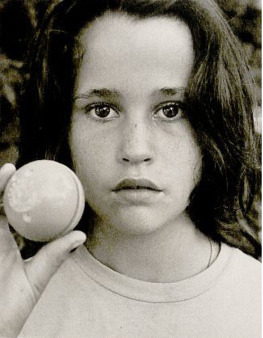
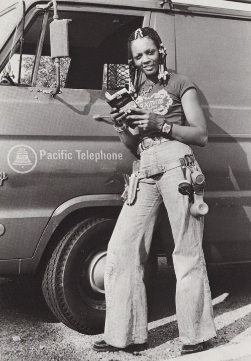
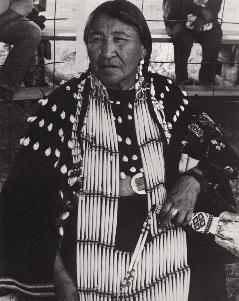

Pingback:Index of 2021 Intern Student Blog Posts - CIVITAS-STL